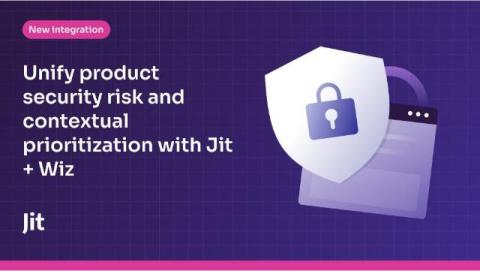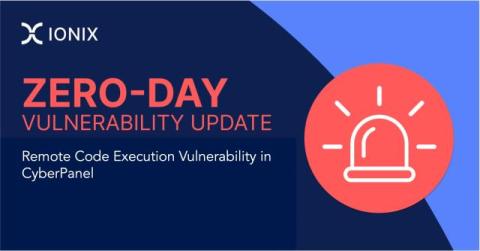Understanding CVE-2024-47176: Mitigating CUPS Vulnerabilities
The Common UNIX Printing System (CUPS) is a widely used printing system on Unix-like operating systems, but recent vulnerabilities have exposed significant risks. The most critical is CVE-2024-47176, which affects the cups-browsed service by binding to the IP address INADDR_ANY:631. This configuration flaw causes it to trust all incoming packets, leading to potential remote code execution when interacting with malicious printers. This vulnerability is part of a chain of exploits, including.











